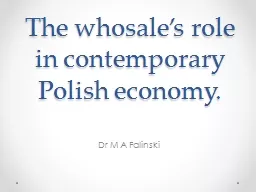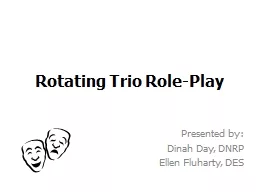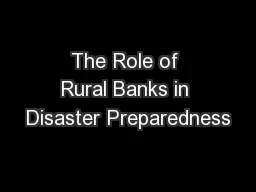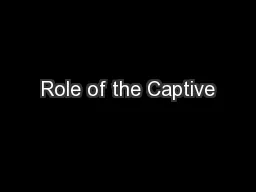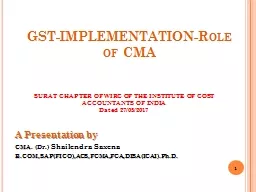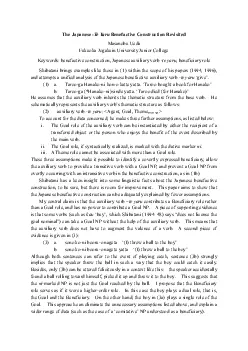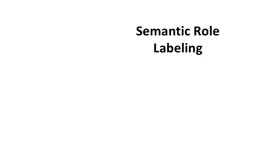PPT-The whosale’s role in
Author : alexa-scheidler | Published Date : 2019-03-14
contemporary Polish economy Dr M A Falinski Basic wholesales formats in P oland Classical wholesale in a traditional chain of delivery Grand retailers
Presentation Embed Code
Download Presentation
Download Presentation The PPT/PDF document "The whosale’s role in" is the property of its rightful owner. Permission is granted to download and print the materials on this website for personal, non-commercial use only, and to display it on your personal computer provided you do not modify the materials and that you retain all copyright notices contained in the materials. By downloading content from our website, you accept the terms of this agreement.
The whosale’s role in: Transcript
Download Rules Of Document
"The whosale’s role in"The content belongs to its owner. You may download and print it for personal use, without modification, and keep all copyright notices. By downloading, you agree to these terms.
Related Documents

